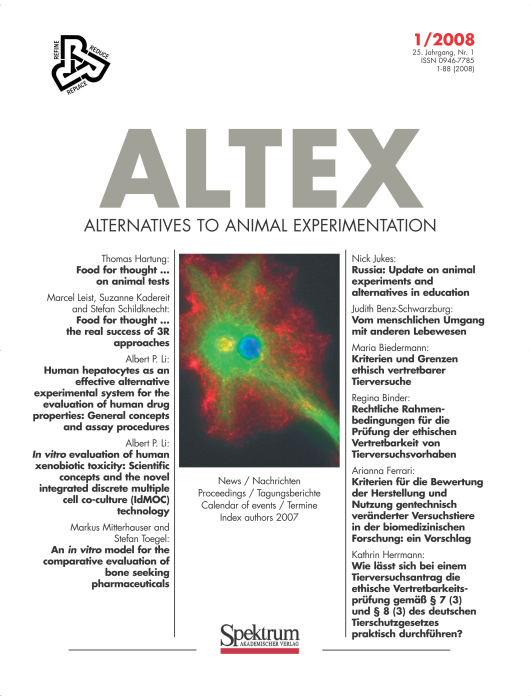An in vitro model for the comparative evaluation of bone seeking pharmaceuticals
Main Article Content
Abstract
The absence of secured knowledge regarding the binding interaction between bone seeking pharmaceuticals and bone, rules out the possibility of modern rational drug design of novel bone seekers. Hence, the first step in the preclinical evaluation of any new bone seeker involves biodistribution and efficacy studies in laboratory animals. Here we report the development of a simple in vitro model for the comparative evaluation of new bone seekers. Additionally, we compared the binding characteristics found in our model with results obtained from animal experiments and evaluated the feasibility of our model to reduce or replace animal experiments in future. Correlations between our in vitro model and data from in vivo, ex vivo and cell culture studies support its applicability. On the basis of our findings we feel confident that this model could serve as a convenient alternative to animal experiments for the comparative evaluation of bone seekers. It could even be a basis for the development of a future pharmacopoeia-listed method allowing both the officinal quality control of bone seekers and a more respectful approach to animals.
Article Details

This work is licensed under a Creative Commons Attribution 4.0 International License.
Articles are distributed under the terms of the Creative Commons Attribution 4.0 International license (http://creativecommons.org/licenses/by/4.0/), which permits unrestricted use, distribution and reproduction in any medium, provided the original work is appropriately cited (CC-BY). Copyright on any article in ALTEX is retained by the author(s).


